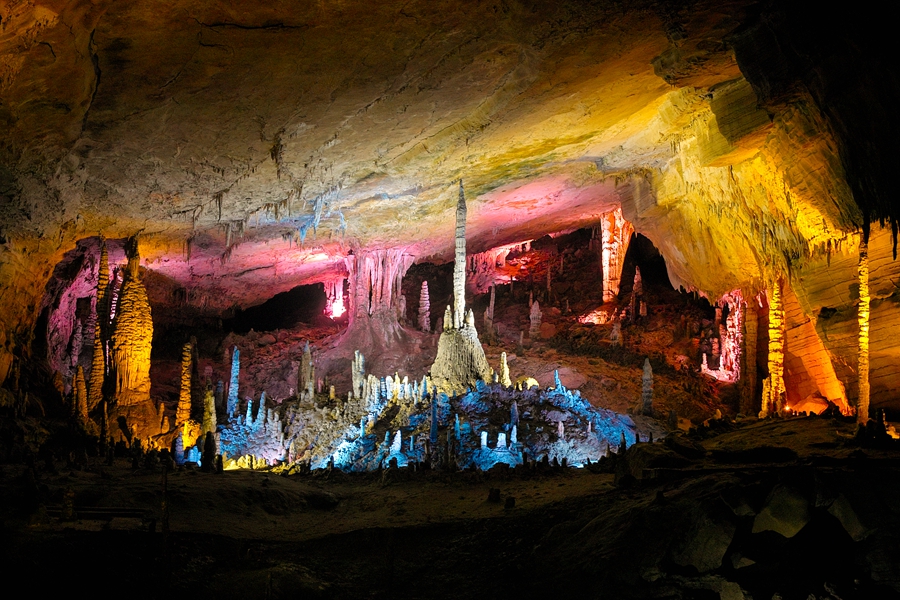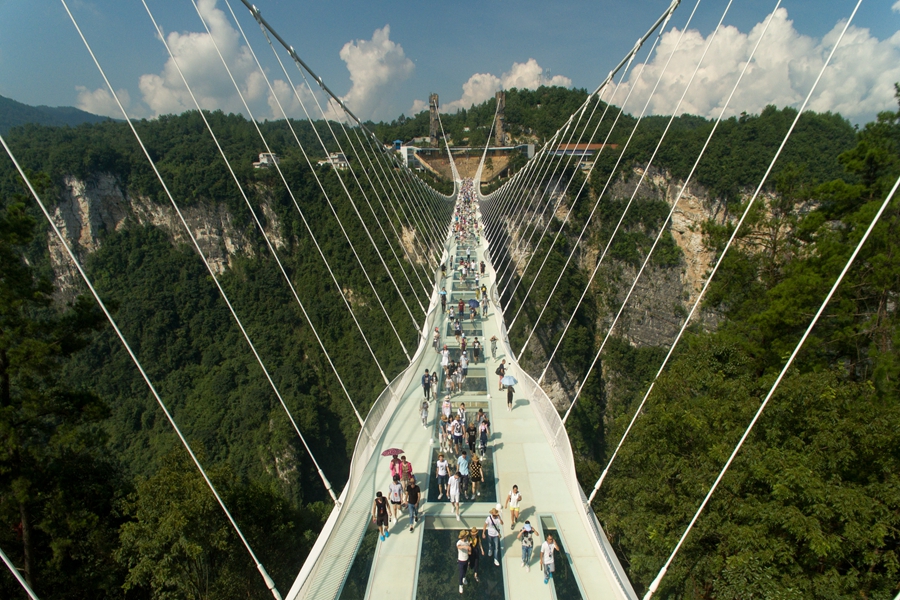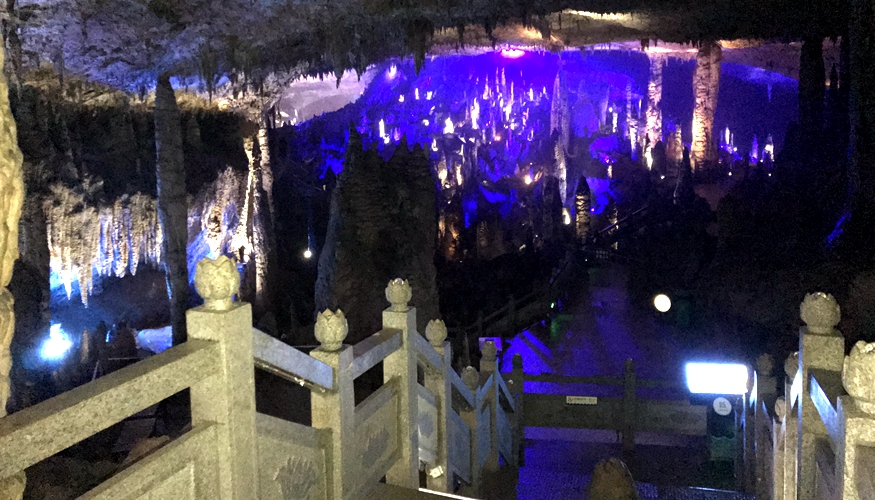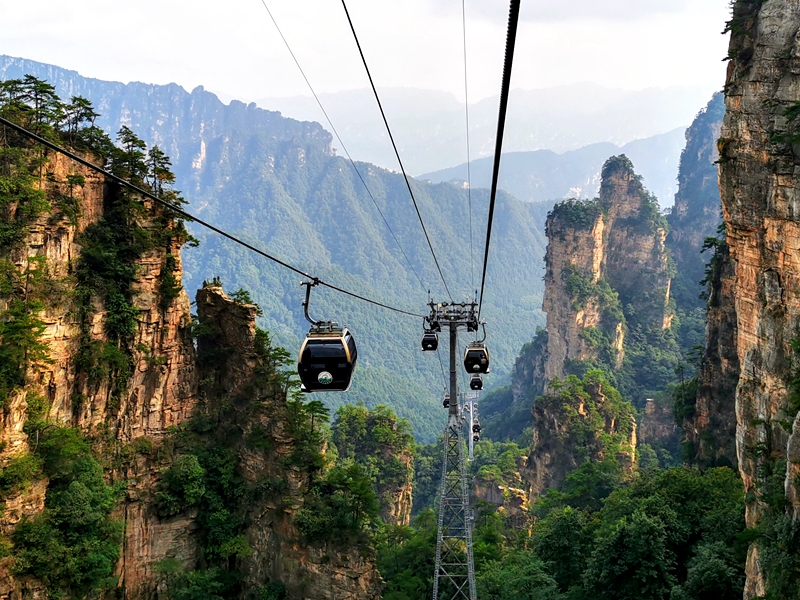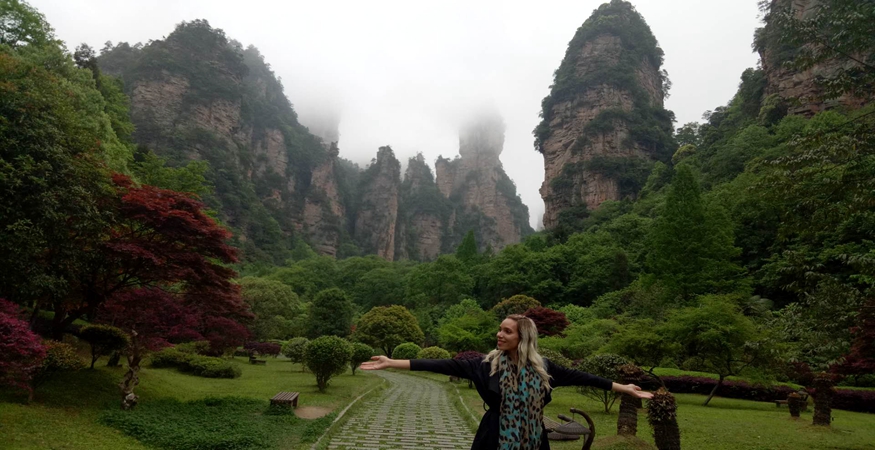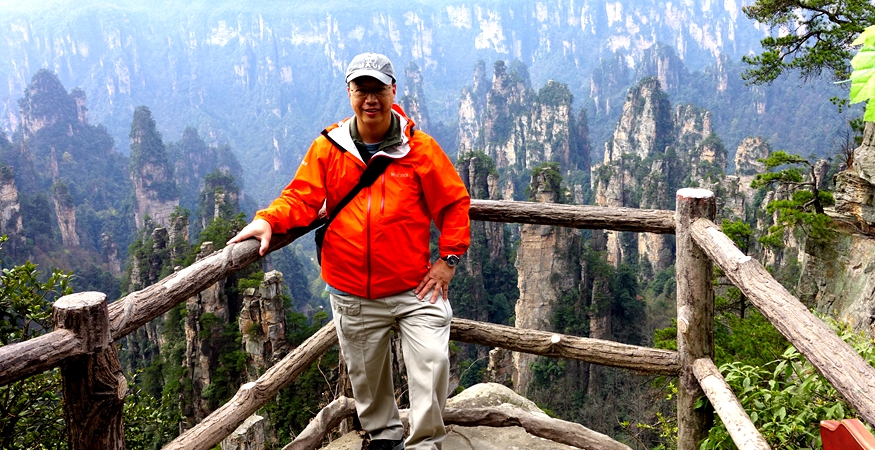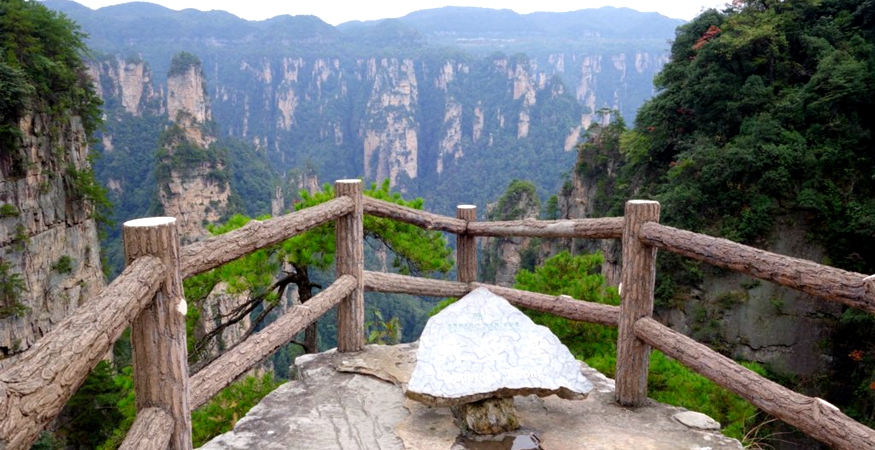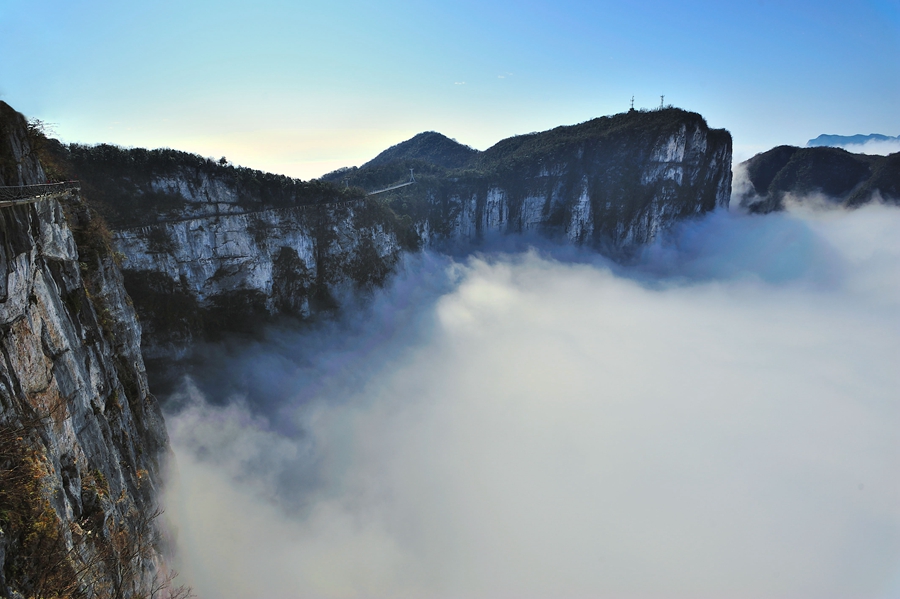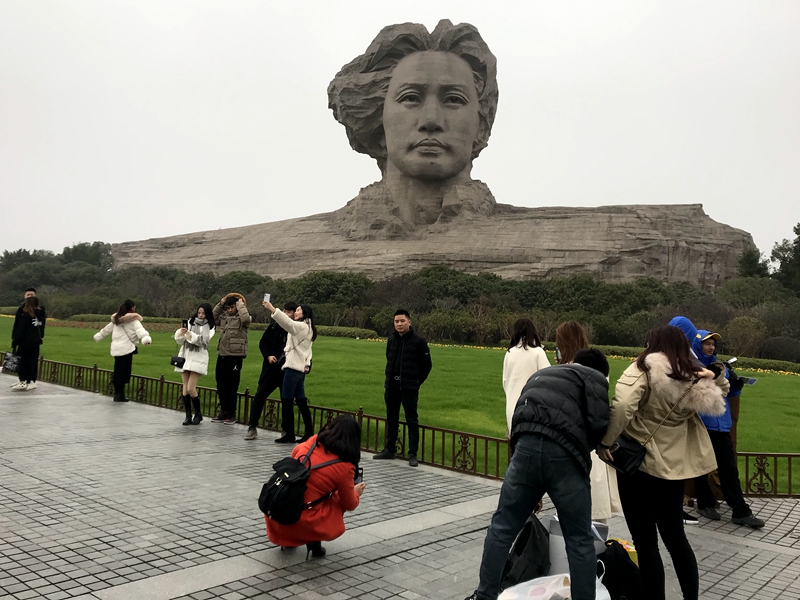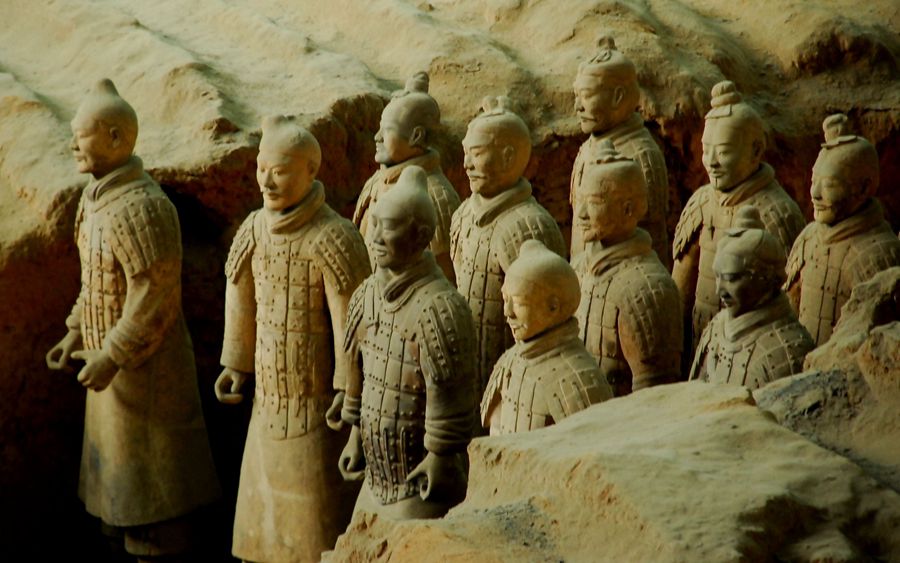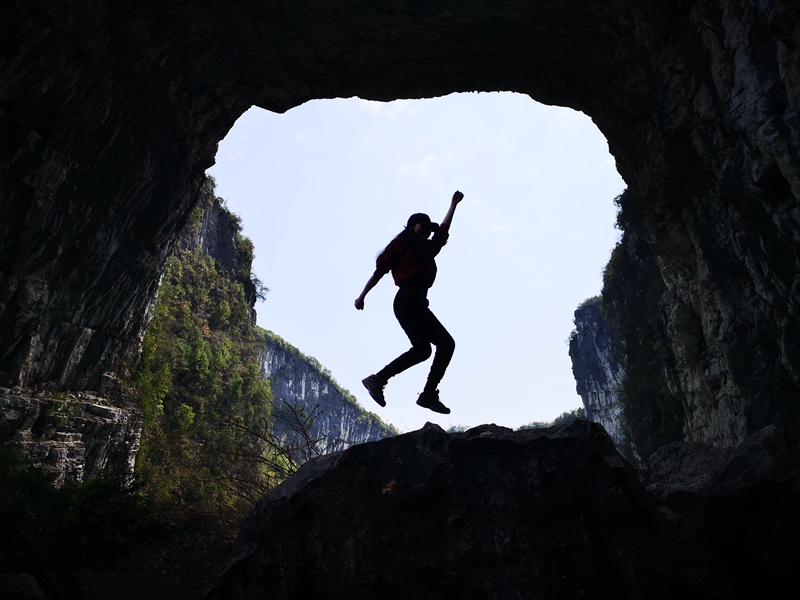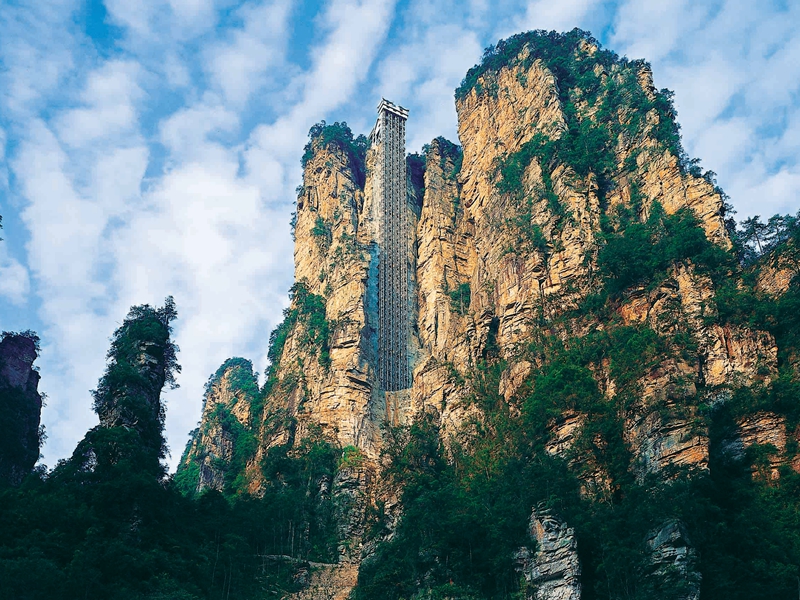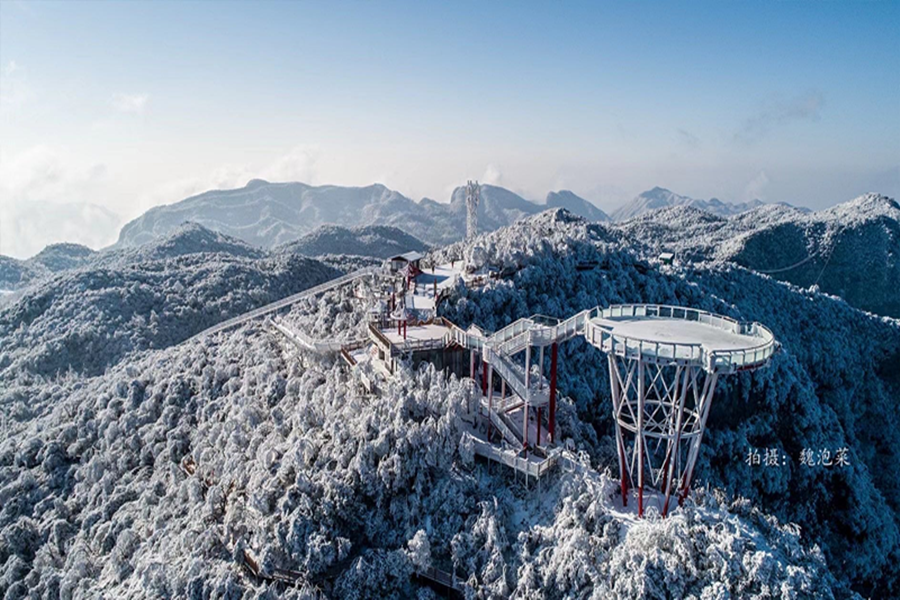
Qu Yuan and the Memorial to Master Qu
Qu Yuan(340 bc–278 BC), an upright statesman of the State of Chu during the Warring States Period(475 bc-221 BC), was exiled late in his life to present day Miluo, a township under the jurisdiction of Yueyang. Though in disfavor, he was especially concerned about the fate of his motherland and had his patriotic feelings crystallized in his collections of poems, among which best-known are A Lament, Nine Odes and Questions to Heaven.
At the news of the total subjugation of his motherland by the state of Qin, he was plunged into great grief and despair and, clasping a big stone in his arms, drowned himself in the Miluo River on thefifth day of the fifth lunar month in 278 BC. Hearing the news of his suicide, people in the cinity came hurrying in boats and attempted to retrieve the possible remains of the sentimental poet they had a great esteem for. They sailed up and down the river, throwing into it pyramid-shaped glutinous rice dumplings wrapped up in reed leaves to divert possible attackers from the remains.
Since then, to commemorate the first great patriotic poet in the Chinese history, every house.hold always has glutinous rice dumplings and enjoys watching dragon boat races on the fifth day of the fifth lunar month each year, hence the Dragon Boat Festival. The dragon boat race symbolizes the eagerness of all to salvage Qu Yuan. The boats should be in the shape of a dragon because according to the local superstition, only dragons could ward off monsters in the river. And each dragon boat is equipped with a drum and cymbals, which are beaten with force in races to scare away devils .
Qu Yuan is also highly esteemed in many other countries. His poems have been translated into various languages and published all over the world. In 1953, on the 2, 230th anniversary of his death, the World Peace Council decided to honor him as one of the four greatest cultural giants of The Memorial to Master Qu, covering an area of 7.8 acres on top of a woody hill by the Miluo River,dates back to 1756. It is surrounded by a grey brick wall and shadowed by old phoenix trees. The front gate is guarded by eight stone divine lions, and the archway is decorated with Six- teen paintings portraying the life of Qu Yuan here The main hall, the shrine of Qu Yuan, is a large structure of with a single eaved roof that is covered with yellow glazed tiles. The plaques on the side walls are inscribed with poems of condolences by scholars of various dynasties, and the large wooden plaque on the rear wall is inscribed with The Life of Qu Yuan, a chapter from Historical Records by Sima Qian( 145 bc-?).The rear hall houses the statue of Qu Yuan, which was finely carved in 1980. The court yard is shaded with several over-one-century-old osmanthus trees, which produce refreshing grance In autumn Now the Memorial has been put on the list of historic sites under special protection at the pro vincial level.There are a dozen scenic spots here that are associated with Master Qu. On top of a hill 5 km northeast of the Memorial, there stand 11 big burial mounds, which are all said to be the real tomb of Master Qu. Other sacred sites include the tassel-washing Bridge, the Questions to Heaven Alt tar and the Lo one Sober Pavilion
